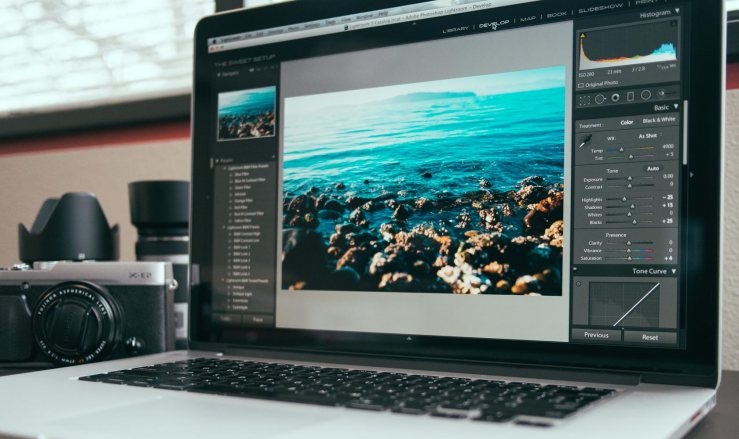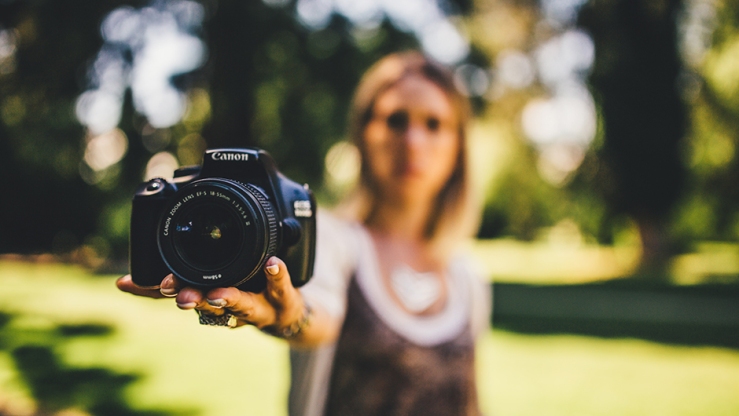Photography is a multi-layered art. A lot of articles were written on how to capture the best photos. This is crucial, as it creates the foundation in which photographers build their design on. However, an oft-forgotten aspect of photography is post-production, which involves editing techniques that enhance raw photos. Purists can argue that post-production is unnecessary; manipulating reality into something unnatural. Even experienced photographers will recognize the necessity of a few retouches here and there. Here are a few tricks to help with this process.

Flatten the image before editing: Experts recommend using Camera Raw to flatten the image before setting it up in Photoshop. This allows novices to adjust color temperatures and exposure as the wish. The recommended settings would be to set highlights slider between -30 to -80, with the shadows slider at +30 to +80. This will make the image look very boring and lifeless but makes for an excellent base when editing in Photoshop.
Opt for the healing brush: Rather than the spot healing brush, using the healing brush allows photographers to pick their own source points. The healing brush is also a great way to remove inconsistencies in the skin, or any unwanted elements in the background.
Use the clone stamp: Use the clone stamp at around 15 percent opacity on areas that don’t have that much detail. This works well in natural light shots that need to be slightly lightened.
Master the dodge and burn control: Every photographer should be competent with dodging and burning. There are many ways to do this, but most photographers use curve adjustment layer to a brighter exposure and the other to a darker exposure. Then, using the layer mask and brushes, dodging and burning as one sees fit.
Always remember that whichever editing technique you use, try to make the subjects pop and even out skin tones or other parts of the image. Try to create a sense of depth.

Radha C. Singh from NJ shares useful tips about improving one’s photography. Learn more photography tips when you follow her on Twitter.
